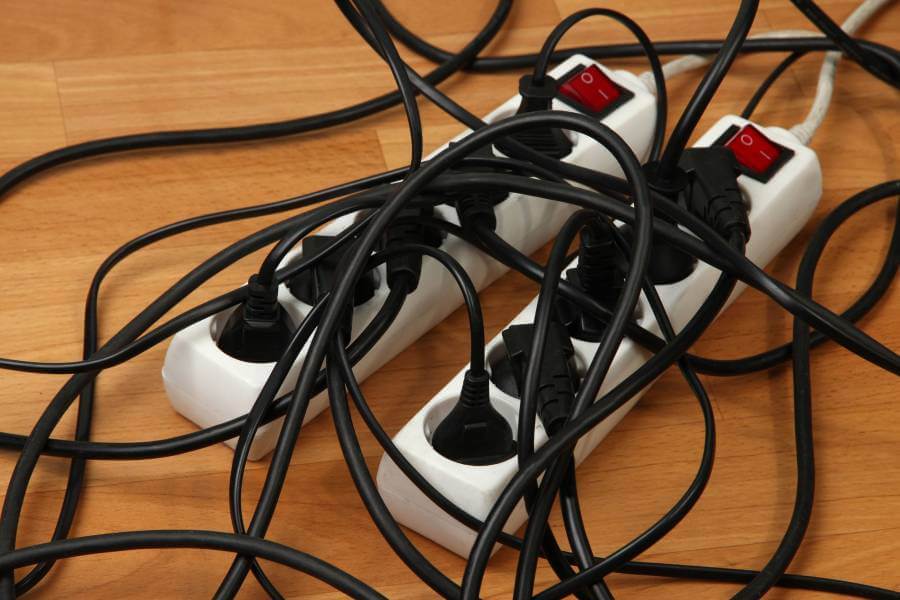In the modern age, just about every business relies on some form of electrical equipment. Whether it’s an industrial printer the size of a truck, or a laptop that you’re carrying from appointment to appointment, these items need to be able to perform well for your business to perform well. If your equipment is subjected to harsh conditions, or improperly cared for, then it will inevitably break down at some point.
Repairs and replacements can be expensive, depending on the kind of equipment we’re talking about. What’s more, any malfunction can result in downtime, which will also impose a cost on the broader business.
Anything that can be done to prevent this damage from occurring, therefore, is worth doing. This is especially so in industrial and manufacturing settings where the performance and continued availability of electrical equipment can have a considerable impact on your business more broadly. But what procedures can we put in place to ensure that we’re getting the best from our electrical equipment in the long-run?
Safety
Keeping everyone safe should be a paramount concern among everyone who operates electrical equipment. Electrical equipment should not be maintained by unqualified personnel. Panel doors and exposed wiring should be identified and dealt with as quickly as possible. Procedures should be put in place to control access to high-voltage electricity, and staff should be given training in electrical safety. All electrical equipment should be turned off and unplugged before it’s worked on – and even then, caution should be exercised, since large capacitors can retain a charge after the power has been removed.
A few simple measures, like unplugging cables from the head rather than the wire, and not stretching electrical cabling, and tidying cables away from locations where they might pose a trip hazard, can dramatically reduce the risk of an accident.
Installation
Electrical equipment should be installed in appropriate locations, where access can be restricted, and the risk of water ingress is minimal. In some cases, it might be appropriate to mount the equipment in question on an available wall, using din rails.
Maintenance
Preventative maintenance should be scheduled at regular intervals. This will ensure that equipment isn’t allowed to fall into disrepair. This maintenance should be logged and signed off by the engineer performing it. This way, potential problems can be flagged before they’re allowed to spiral out of control. To prevent unnecessary deterioration, equipment should not be turned off and on repeatedly, but it should be switched off when it isn’t being used for a while.
Electrical equipment is a major investment, and it’s one that should be protected with the help of the right practices and procedures. By planning for this problem ahead of time, you’ll minimise the risk.

Founder Dinis Guarda
IntelligentHQ Your New Business Network.
IntelligentHQ is a Business network and an expert source for finance, capital markets and intelligence for thousands of global business professionals, startups, and companies.
We exist at the point of intersection between technology, social media, finance and innovation.
IntelligentHQ leverages innovation and scale of social digital technology, analytics, news, and distribution to create an unparalleled, full digital medium and social business networks spectrum.
IntelligentHQ is working hard, to become a trusted, and indispensable source of business news and analytics, within financial services and its associated supply chains and ecosystems












